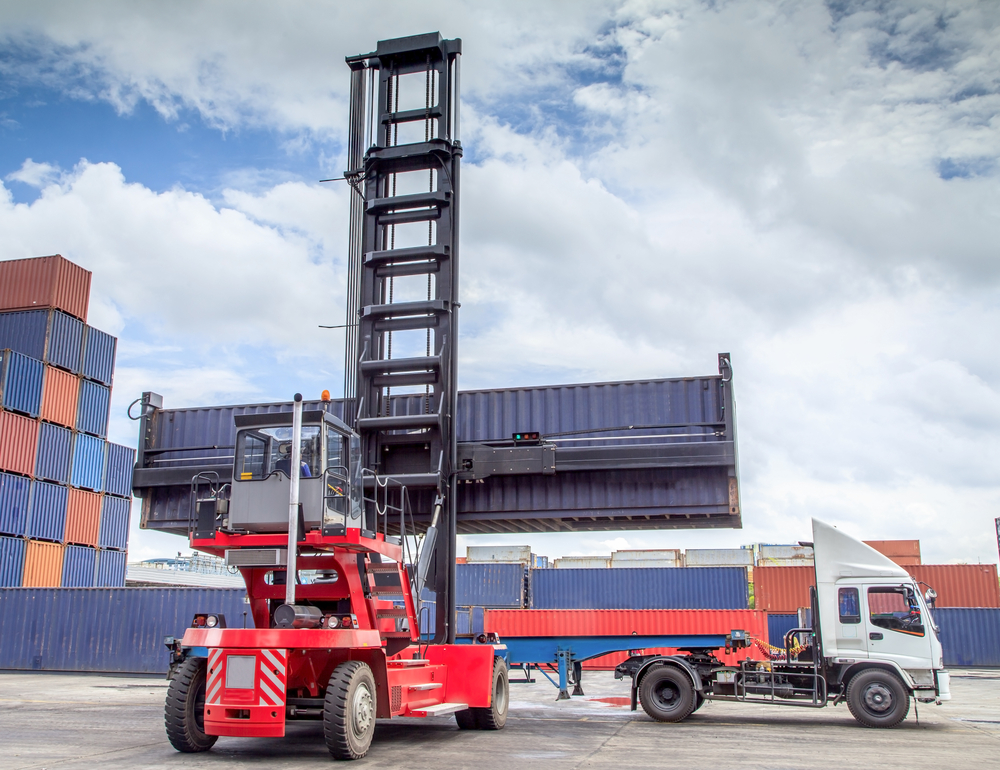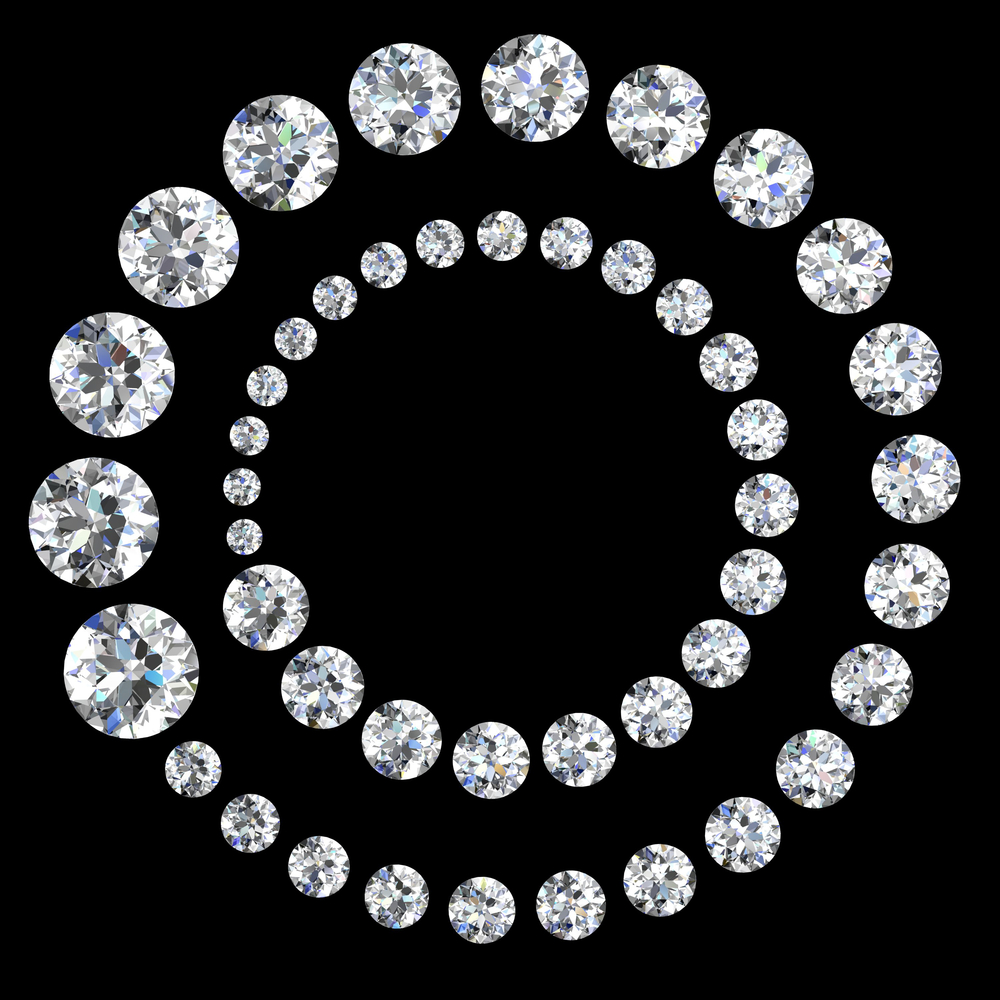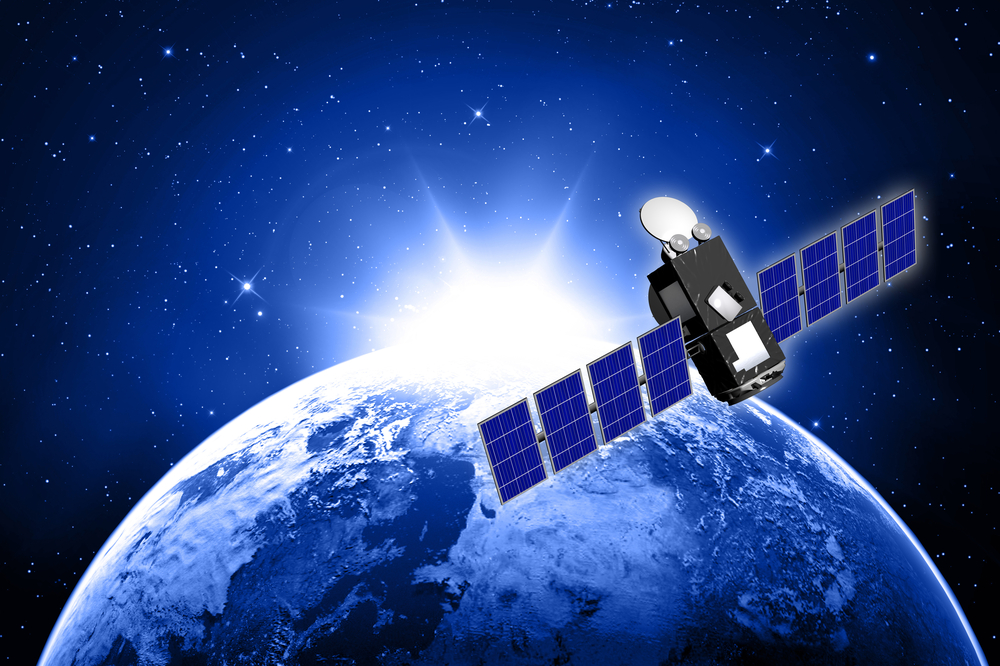The use of metals in early civilization is closely related. Firstly copper (Cu )and copper alloys were discovered. Then iron(Fe), silver(Ag) and gold(Au) were found and used for hunting and defense. They were also used in daily utensils, in decoration and as ornaments. Furthermore, they were also used as currancy, as a medium of payment, as well as a storage of wealth.
Metal ores are stored in the Earth’s crust. We excavate, sort, melt and chemically treat the ore until it becomes a metal or metal alloy.

Around the fifteenth century, the use of metals in shipbuilding in Europe enabled Columbus to discover the new continent now known to us as America. In that century the number of metals known to mankind were only seven in number which included copper, silver, gold, iron, a steel alloy, tin, lead and mercury.
In the nineteenth century, the numbers of metals known to mankind increased to twenty-three different kinds. Later, at the beginning of the twentieth-century, the number of metals found significantly increased to sixty-five. Recently a total of seventy kinds of metals and over ten kinds of metal elements and radioactive materials were discovered.
HALF METAL & NON-METAL
The advancement of technology increases repetitive and new metals are extracted and new alloys invented. The definition of a metal or a non-metal is changing. Aluminium(Al) Sulpher(S) and Zinc(Zn) could be regarded as a half-metal. While Tellurium(Te) and Arsenic(As) under certain conditions are non-metals.
However the chemical composition of these elements are certainly defined as metals.
SOLID AND LIQUID
The general image of metals is something that is cold, hard and requires high temperatures to melt and treat. However, if we look closely enough, we find these descriptions not to be accurate . Let’s us consider Mercury(Hg), an element found in a thermometer . It is a metal in the form of a liquid. In addition, Cesium(Ca) could be melted in the palm of our hands. While Lithium(Li ), a new material used in batteries and Lead(Pb) are so soft that even our finger tips could cut or change it’s shape.
HEAVY METALS AND LIGHT METALS
Metals could also be divided into heavy metals and light metals according to its specific gravity. Specific gravity is the density of a material in relationship to a standard material. The standard material for solid and gas are commonly known as water and air.
Sometimes oxygen and hydrogen are also used as a standard.
Any kind of metals which are five times heavier or lighter is classified as heavy or light metal.
FERROUS AND NON-FERROUS
Metals could be easily divided into ferrous and non-ferrous metals. Metals with iron, i.e. ferric, are ferric-metal. Common examples are iron, stainless steel, etc. While non-ferric metals include gold, silver, copper etc.
PURE METAL AND ALLOY
Metals could also be classified as a pure metal or an alloy. A pure metal made up of one hundred percent of one type of meta and is repetitive likely to cost quite a bit as the requirement in technology is tremendous. An alloy is a mixture of two or more kinds of metals. An alloy usually reduces the cost in meeting the requirements of the strength, conductivity, specific gravity , total weight and surface appearance etc.
RARE METALS
Rare metals are metals which are rare or with low density in the earth’s crust. It includes precious metals such as Platinum(Pt), Palladium(Pb ), Ruthenium(Ru), Osmium(Os ), Rhodium(Rh ) etc. Rare Metals includes Lithium(Li ), Cesium(Cs), Beryllium(Be), Francium(Fr), Rubidium(Rb ) etc. Metals with high melting points includes Titanium(Ti), Tungsten(W ), Molybdenum(Mo), Vanadium(V), Rhenium(Re ü±) , and others radioactive materials such as Uranium(U ), Radium(Ra), Polonium(Po ) etc.














